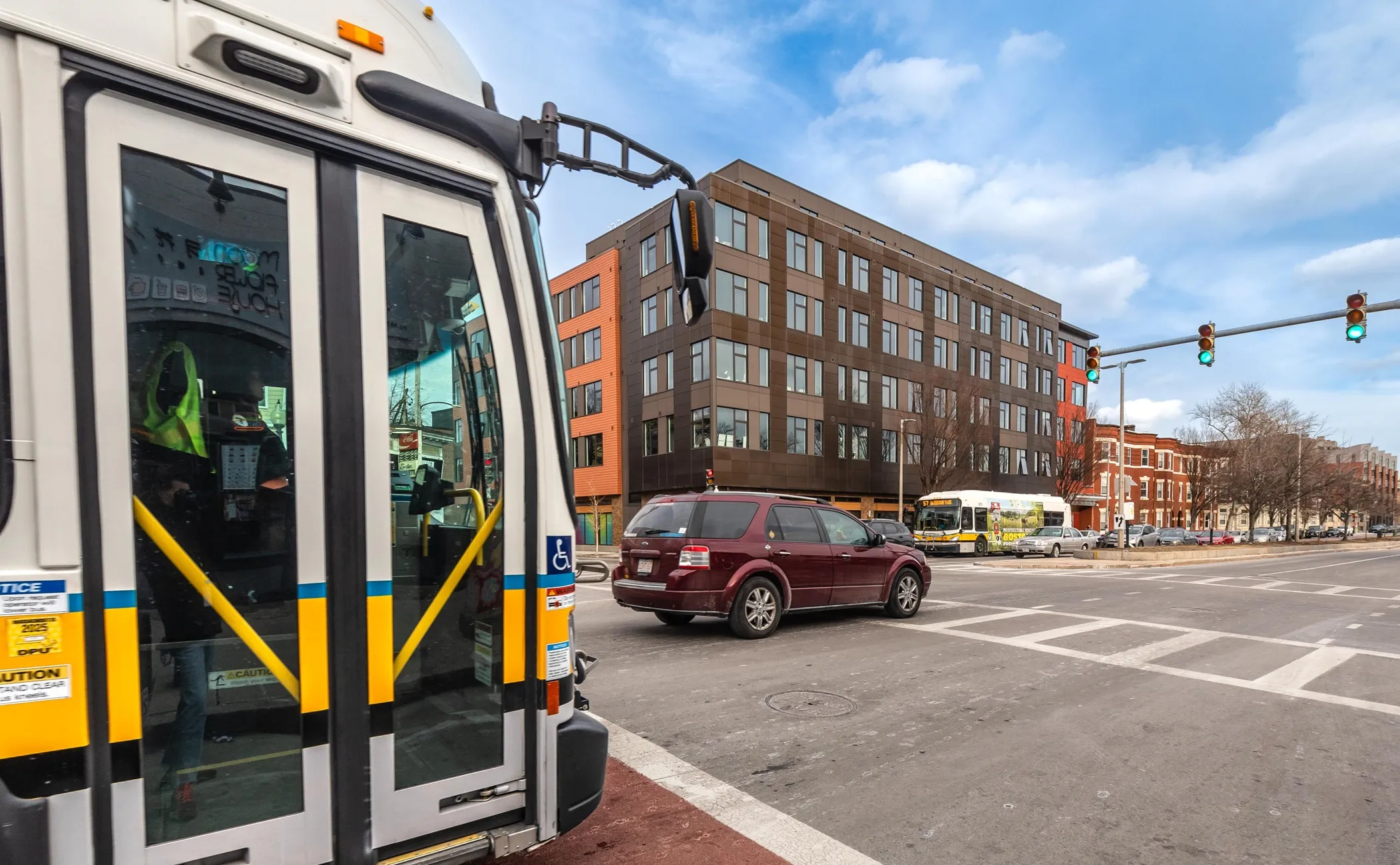The I-80 Smart Corridor is to use 133 energy-saving, low-light-pollution signs on the 31.4km (19.5miles) route between the Oakland Bay Bridge and the Carquinez Bridge in California.
Due to open next year, the US$80m project will see adaptive metering at 44 on-ramps (with bus priority and HOV bypass) and the new signs will be used for lane management and to advise drivers of incidents and variable speed limits.
The system will be managed from a centralised control room in Oakland and the traffic signa
September 26, 2014
Read time: 1 min
The I-80 Smart Corridor is to use 133 energy-saving, low-light-pollution signs on the 31.4km (19.5miles) route between the Oakland Bay Bridge and the Carquinez Bridge in California.
Due to open next year, the US$80m project will see adaptive metering at 44 on-ramps (with bus priority and HOV bypass) and the new signs will be used for lane management and to advise drivers of incidents and variable speed limits.
The system will be managed from a centralised control room in Oakland and the traffic signal timing will be coordinated with local streets with all information shared with the other administrations along the route.
Due to open next year, the US$80m project will see adaptive metering at 44 on-ramps (with bus priority and HOV bypass) and the new signs will be used for lane management and to advise drivers of incidents and variable speed limits.
The system will be managed from a centralised control room in Oakland and the traffic signal timing will be coordinated with local streets with all information shared with the other administrations along the route.










